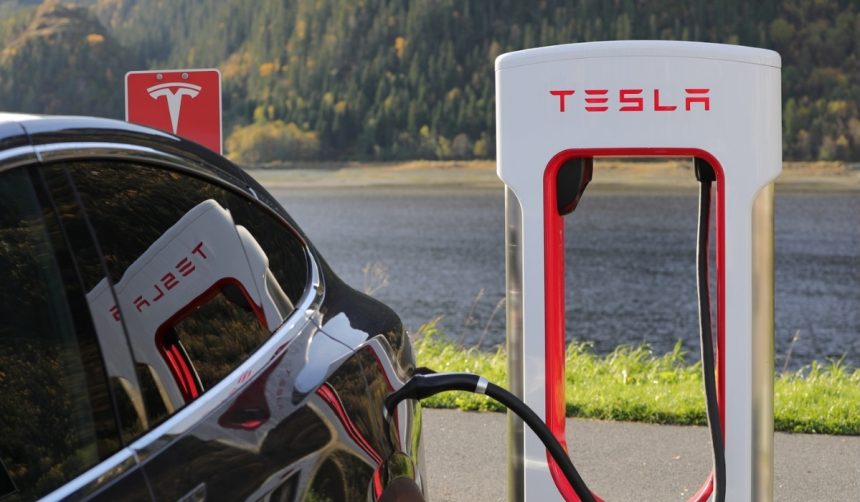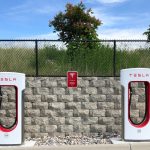Canadian consumers evaluating electric vehicle options are seeing new incentives in the market, as Tesla introduces a free, unlimited Supercharging offer on all new Model 3 inventory across Canada. This perk adds to the automaker’s current sales initiatives, targeting the third quarter with additional value for prospective buyers. Some drivers have expressed interest in expanded charging options previously, especially those who cover long distances for work or leisure and view fuel savings as a critical benefit of EV ownership. By extending charging privileges beyond Canada, Tesla’s latest move aims to support more flexible, cost-effective travel for Canadians. The timing of this offer hints at broader competitive pressures and shifting incentives on both sides of the border.
Tesla’s recent announcement comes after similar programs in other markets, with U.S. buyers previously offered incentives in response to the phase-out of the $7,500 electric vehicle tax credit. While earlier deals primarily targeted American customers, Tesla is now balancing its promotional focus. The move broadens the company’s previously Canada-only free Supercharging incentives—earlier offers imposed cross-border limitations—and positions Model 3 more competitively in a crowded EV market. The consistency with other sales pushes highlights Tesla’s broader strategy of adjusting promotions as tax benefits evolve and competition intensifies.
What Does the Free Supercharging Offer Include?
The free Supercharging package available to Canadian Model 3 customers covers unlimited use of Tesla’s charging network not only within Canada but also throughout the United States, lasting for the lifetime of the vehicle. As outlined by Tesla North America, their promotion states:
“Unlimited road trips through Canada. Free Supercharging now on all Model 3 inventory.”
This cross-border benefit removes a significant cost barrier for owners who frequently travel between the two countries or rely on public charging infrastructure for daily needs.
How Will Consumers Benefit from This Incentive?
The financial impact of lifetime free Supercharging may vary, but for high-mileage drivers, the potential savings can be substantial. Tesla points out that,
“The money an owner saves on charging factors directly into what they are saving if they were to own a gas car.”
With typical gas costs for a regular commute often running $80-$100 every few days, Supercharging at no cost can help offset the higher upfront price of an EV or simply reduce operating expenses.
Why Is Tesla Pushing Such Deals Now?
Current incentives reflect Tesla’s desire to accelerate inventory movement as the quarter closes, potentially supporting sales targets and vehicle delivery goals. The phase-out of tax credits in the U.S. has fostered a range of customer-focused offers, with Canadian incentives now catching up or even surpassing those in other markets. As other manufacturers also increase discounts and benefits on their electric vehicles, Tesla seeks to retain market visibility and customer interest.
Tesla’s evolving incentives show how automakers are responding to changes in government policy, consumer demand, and a fast-changing competitive landscape. Offers like unlimited free Supercharging have appeared sporadically in other regions but were more limited in scope or duration. By extending these benefits cross-border for Canadian Model 3 buyers, Tesla is aligning its incentive programs more closely with North American driving patterns and market expectations. This move may influence buyer decisions not only through potential savings, but also by easing concerns about charging infrastructure on long-distance road trips. For consumers considering a switch to electric vehicles, comparing the total cost of ownership—factoring in fueling, incentive offers, and maintenance—remains essential for an informed purchasing decision.
- Canadian Model 3 buyers now get lifetime free Supercharging in North America.
- Savings depend on individual driving and charging habits.
- Tesla’s expanded offer responds to evolving market and policy conditions.










